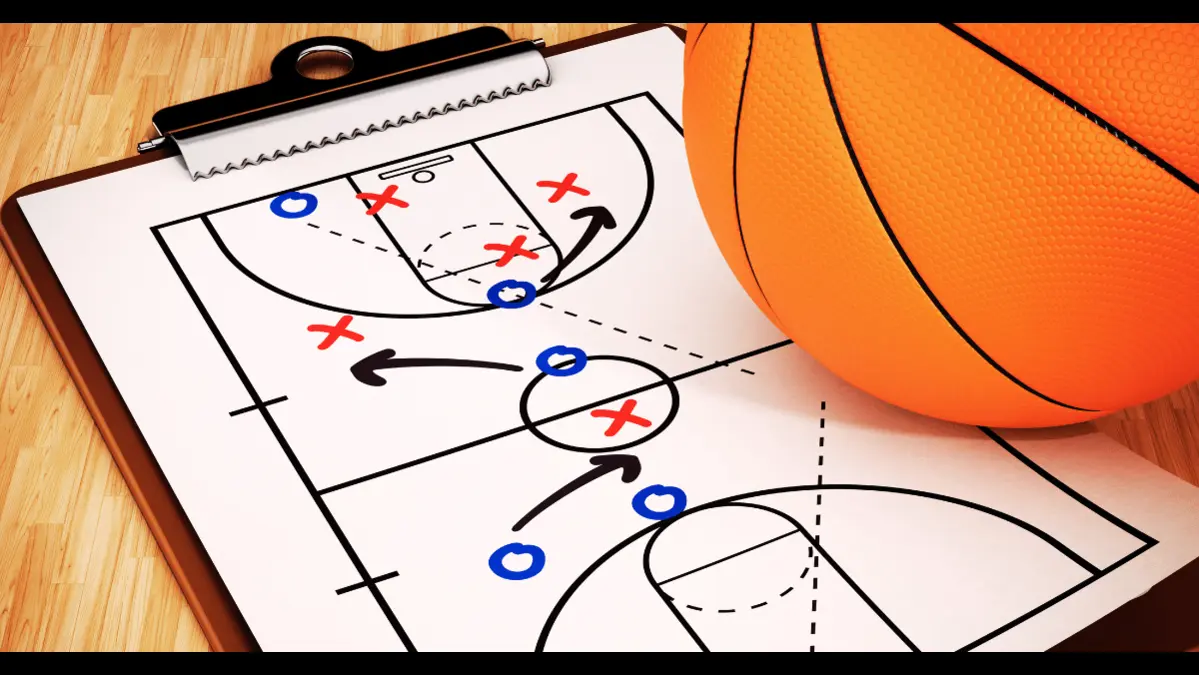Introduction to Sketching Slam Dunks
Are you ready to take your drawing:cul23ybyzfm= basketball to the next level? Whether you’re an aspiring artist or just a fan of the game, capturing the energy and excitement of slam dunks on paper can be incredibly rewarding. The thrill of a player soaring through the air, defying gravity for that perfect shot, deserves more than just a passing glance. It’s about translating that dynamic moment into art.
In this blog post, we’ll dive deep into drawing:cul23ybyzfm= basketball scenes that come alive with movement and emotion. From mastering basic anatomy to exploring different mediums, we’ve got tips and techniques that will help you create stunning representations of your favorite sport. So grab your sketchpad and pencils; it’s time to unleash your creativity!
The Basics of Drawing drawing:cul23ybyzfm= basketball Players
To begin drawing drawing:cul23ybyzfm= basketball, start with simple shapes. Use circles for heads and ovals for bodies. This helps establish proportions before diving into details.
Next, consider the pose. drawing:cul23ybyzfm= basketball is dynamic; players are often in motion. Sketching quick gestures can capture the essence of speed and agility.
Pay attention to anatomy as well. Learn the basic muscle groups that define a player’s physique. Strong legs and arms create an impression of power on the court.
Also, don’t forget about clothing! Jerseys and shorts add personality to your sketches while reflecting team colors or logos.
Practice different angles. A player dunking from below looks very different than one shooting from above. Experimenting with perspectives will enhance your skills significantly over time.
Tips for Capturing Movement and Action in Your Drawings
Capturing movement in your basketball drawings can be exhilarating. Start by observing live games or watching highlight reels. Notice how players move, their body angles, and the momentum they create.
Try using dynamic lines to show speed and direction. Curved strokes can suggest energy while sharp angles convey sudden changes in motion.
Gesture drawing is a useful practice too. Spend only a few minutes sketching quick poses to capture the essence of athleticism without getting bogged down in details.
Focus on key positions within a slam dunk—takeoff, peak height, and landing are pivotal moments that convey action effectively.
Experiment with foreshortening techniques to emphasize depth and movement. This will give your sketches that extra punch! Keep an eye on facial expressions as well; they add life and emotion to every leap into the air.
Understanding Perspective and Proportions in Basketball Sketches
When sketching basketball players, grasping perspective is essential. It creates depth and realism in your drawings. Visualize the scene like a camera lens capturing action from different angles.
Start with basic shapes to represent body parts. Use circles for heads and ovals for limbs. This simplification helps you maintain proportion as you add details later on.
Consider the height of the player relative to their surroundings. A slam dunk might emphasize an upward motion, making the figure appear larger than life against a smaller hoop or court background.
Experiment with foreshortening to convey dynamic drawing:cul23ybyzfm= basketball poses effectively. When a player leaps toward you, certain limbs will seem more elongated while others recede into space.
Focus on how these elements interact within your sketch. Balance between perspective and proportions can lead to breathtaking artwork that truly captures the essence of basketball movement.
Adding Details and Emotions to Your Drawings
Adding details is where your sketches come alive. Think about the expressions on players’ faces as they leap for a slam dunk. A furrowed brow or a wide grin can tell an entire story.
Focus on small features like sweat beads, uniform textures, and scuffed sneakers. These nuances create realism in your artwork.
Don’t forget about body language. The way arms stretch or knees bend conveys not just movement but intensity and emotion. Capture the thrill of the game.
Use shading to enhance depth and highlight key elements in your drawing. This technique adds drama and draws viewers into the action.
Remember, every stroke can reflect passion—both yours as drawing:cul23ybyzfm= basketball an artist and that of the athletes you’re depicting. Allow these emotions to guide you through each sketching session, making every piece unique to its moment in time.
Utilizing Different Mediums for Basketball Sketching
When it comes to basketball sketching, the medium you choose can greatly influence your results. Pencils offer flexibility for fine details and shading. They allow for quick adjustments as you refine your player’s pose.
In contrast, ink pens provide bold lines that make dynamic movements pop on paper. The sharp contrasts help convey energy and excitement during those slam dunks.
Watercolors can infuse life into your sketches with vibrant colors. This medium captures the thrill of a game beautifully, adding depth and emotion.
Don’t overlook digital tools either. Drawing tablets enable drawing:cul23ybyzfm= basketball endless experimentation without the mess of traditional media. You can easily edit mistakes or layer effects seamlessly.
Each medium brings its own charm to basketball art, encouraging you to explore different styles while expressing your unique vision in drawing:cul23ybyzfm= basketball.
Common Mistakes to Avoid in Basketball Sketching drawing:cul23ybyzfm= basketball
When sketching basketball scenes, many artists overlook drawing:cul23ybyzfm= basketball proportions. Players come in various shapes and sizes, but maintaining realistic dimensions is crucial. Be mindful of head-to-body ratios.
Another common pitfall is neglecting movement. Capturing the dynamic nature of a slam dunk requires an understanding of how limbs stretch and twist. Avoid stiff poses; embrace fluidity to bring your sketches to life.
Many beginners also forget about the background. A well-drawn player deserves a complementary setting that enhances the action rather than distracts from it.
Don’t skimp on practice. Sketching regularly will refine your technique and help you identify areas for improvement over time. Embrace mistakes as part of your growth journey in drawing basketball scenes.
Conclusion: Practice Makes Perfect!
Practicing your basketball sketching skills is essential for drawing:cul23ybyzfm= basketball improvement. The more you draw, the better you’ll understand movement, proportions, and details that bring your artwork to life. Embrace the learning process and don’t shy away from making mistakes; they’re part of becoming a great artist.
Set aside regular time to practice drawing basketball scenes. Whether it’s a slam dunk or an intense moment on the court, focus on capturing those dynamic poses. Experiment with different mediums like pencils, charcoal, or digital tools to find what resonates with you.
Remember that every artist has their unique style. Allow yourself to explore and develop yours over time. Stay inspired by watching games or studying other artists’ work in this field.
With dedication and consistent practice, your skills will evolve significantly. drawing:cul23ybyzfm= basketball Keep pushing boundaries and enjoy the journey of bringing basketball moments into sketches!




